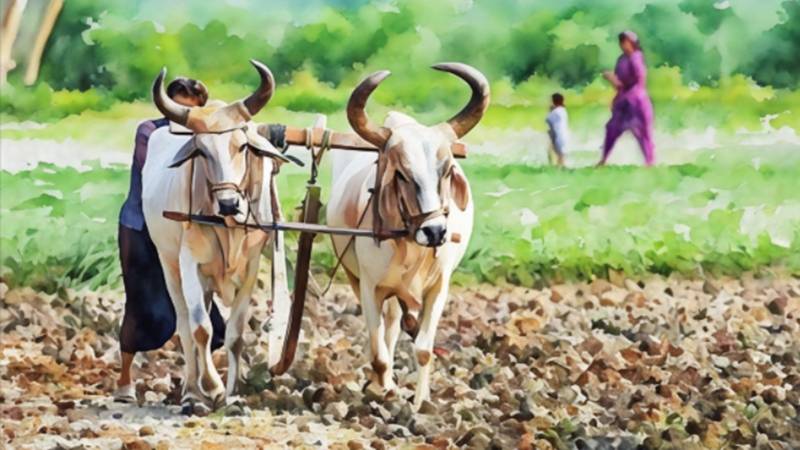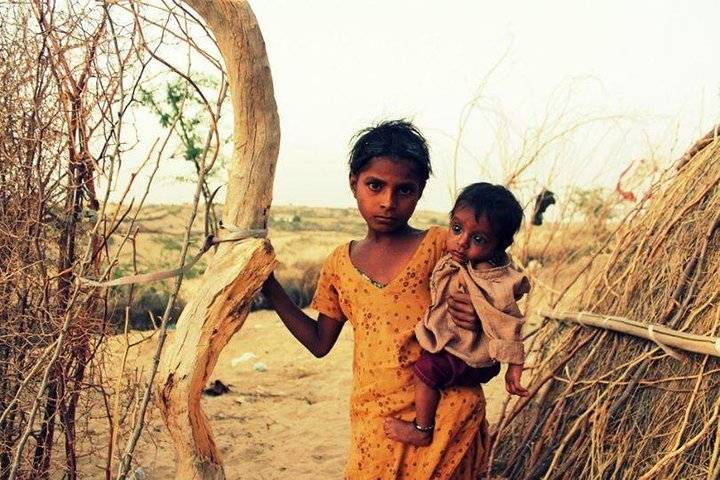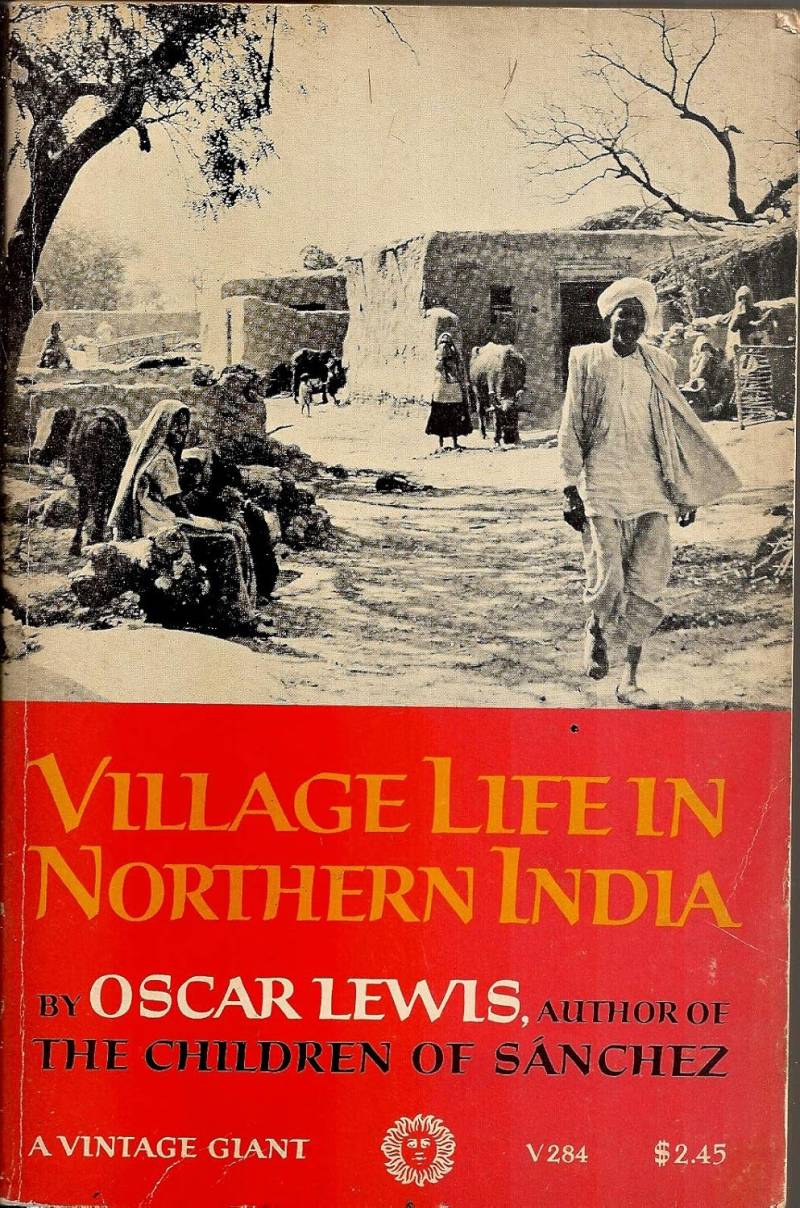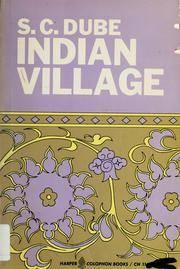
Having spent a considerable portion of my professional life working with rural communities across various districts in Sindh—such as Khairpur Mirs, Mirpurkhas, Badin, Dadu, Jamshoro, Umerkot, Tharparkar, Ghotki, Thatta and Hyderabad—I have recorded these experiences in my diaries. This article is based on some excerpts from my diaries of the 1990s. In fact, these observations are critical insights into how experts evaluated rural life and their shortsighted recommendations as a result.
Many experts, often serving as donors or international consultants, typically conducted brief visits to villages that usually lasted less than thirty minutes – if travel and formalities were cut. This limited timeframe meant they interacted only with selected village leaders, who were eager to present a polished image to secure continued funding. These leaders often used guarded language and selective narratives to project a favourable situation. As a result, these experts frequently missed the complexities of village life, including underlying social relationships, tensions, and the struggles faced by the broader community. Discussions during these visits were often dominated by trivial matters, neglecting crucial issues such as the status of women and children, which are pivotal to understanding the community’s challenges.
The reports generated from these visits often reflected a narrow understanding of the villages. Experts frequently borrowed analogies from their own cultural backgrounds, which led to misinterpretations and oversimplifications of local realities. For instance, most of them compared social structures in the villages to those in their home countries without recognising the unique cultural contexts that shape village life. They tended to overlook the dynamic nature of these communities, assuming that village life was static and unchanging. Consequently, their generalised conclusions failed to capture the true essence of the communities’ aspirations and sufferings, often leading to misguided policies and interventions.
Additionally, many of these reports included unnecessary data without adequately connecting it to broader socio-cultural phenomena. This lack of context often resulted in misunderstandings, making the recommendations irrelevant and sometimes counterproductive. Experts commonly quoted theories without first grasping the lived experiences of the villagers, sometimes reshaping realities to fit their preconceived notions. This disconnect between theory and practice diminished the potential impact of their findings.
Most of them compared social structures in the villages to those in their home countries without recognising the unique cultural contexts that shape village life
Without a doubt, language barriers further complicated these interactions. Many experts did not speak or know Sindhi, which limited their ability to communicate effectively with the community. This linguistic gap led to vague conclusions filled with tentative language, as they relied on village leaders to interpret their questions. Unfortunately, these leaders often tailored questions as well as communities’ responses to reflect a more favourable situation, skewing the experts’ understanding of the community’s true needs, challenges, exploitations and contradictions such as: ‘farmer/peasant - landlord;’ ‘traditional authority - grassroots groups’ power;’ ‘cultural practices - women rights;’ ‘village solidarity- caste related segregations.’ These reports were completely blind about structural constraints, local agency, resilience, caste system (and even the sub-caste variations), women’s role in the rural economy, peasantry (with a reference to agriculture technology), rural-urban migration, land ownership, gender dynamics and the perspectives of youth and their aspirations.

Another recurring issue was the tendency of experts to jump to conclusions based on limited interactions with the villagers. Spending more time in the villages and engaging with diverse community members could have led to a deep understanding and a more nuanced understanding of local dynamics. Understanding of the social relationships, daily activities and cultural practices is vital for an accurate portrayal of village life. By investing more time, experts could observe the complexities of social interactions and better appreciate the context behind the challenges faced by the community.
Moreover, experts often rushed to capture desired responses without considering cultural traditions or historical narratives. This haste resulted in interpretations that missed the true voices of the people, reducing their experiences to mere data points. A comprehensive understanding requires time, observation across different seasons, and familiarity with local languages. It is essential for experts to immerse themselves in the culture and social fabric of the communities they study to grasp the intricate realities that shape their lives.
Let me emphasise that effective reporting on rural communities necessitates a commitment to deeper engagement. Curiosity and a genuine interest in building relationships are essential for fostering trust and understanding. When experts invest time and effort into grasping the complexities of village life, they can produce insightful reports that truly reflect the realities of the people they aim to assist. Emphasising the importance of context, communication, and cultural sensitivity will lead to more meaningful contributions to rural development efforts, ultimately benefiting the communities involved.
Reflecting on my field diaries of the 1990s, I noted praise for only for a single report. It was authored by a Canadian student on the ‘Credit and Savings Programme.’ This report categorically addressed several crucial aspects: the micro-economic life of villages, cultural practices, micro-political organisation, dimensions of change and continuity, women's roles, identity linked to surnames and caste, rural-urban dependencies, and inequality at the village level.

A few years ago, while teaching the Agriculture Development course to MSc Rural Development students at NED University, I recommended two important books in the suggested reading list. One was Village Life in Northern India by Oscar Lewis, an ethnographic study that captures the complexities of rural existence in northern India. Lewis explores intricate social structures shaped by caste, kinship, and gender roles, emphasising the cultural diversity of village life. He provides a thorough analysis of economic activities, primarily agriculture, and highlights the interdependence among villagers. The book also examines the impact of modernisation on traditional practices, showcasing the tensions between change and continuity. Through direct observations, Lewis conveys the resilience of rural communities in facing various challenges, offering a nuanced understanding of the dynamics that define village life.
The second essential work was Indian Village by SC Dube, a foundational sociological study that delves into the complexities of rural life in India. Dube highlights the roles of caste and kinship in shaping village dynamics and explores economic activities centred around agriculture, including the factors influencing land ownership and labour relations. He also addresses cultural practices and rituals that reinforce community identity and social norms. Dube emphasises the impact of modernisation on traditional village life, shedding light on the challenges faced by rural communities, such as inequality and social mobility. His work provides a comprehensive understanding of the socio-cultural fabric of Indian villages.

While teaching at NED University, I often wondered why there is a limited body of academic work in Pakistan, particularly regarding rural development. Although there are notable contributions from scholars like Dr Akhter Hamid Khan and Arif Hasan. But the dearth of academic literature remains concerning. I believe this situation is a result of a limited culture of academic writing and discourse. One major factor is political instability, which creates an environment where researchers and writers may feel unsafe exploring critical issues related to Pakistan’s policies. Likewise, economic constraints further exacerbate the situation; with limited funding for education and research, many individuals prioritise immediate economic concerns over literary and academic pursuits. Consequently, the exploration of important topics related to rural livelihoods and development is often stifled.
Moreover, censorship and restrictions—exacerbated by repeated martial laws—have played a critical role. Scholars frequently face repercussions for addressing controversial or sensitive political issues, leading to reluctance in meaningful discourse. Additionally, the lack of institutional support for research and publishing restricts opportunities for academic writing focused on rural development. On the other hand, inadequate resources, such as libraries and research facilities, hinder the development of a robust literary culture that could otherwise highlight rural issues.
Ultimately, our national culture lacks a strong emphasis on reading and writing, which further limits discourse on these vital topics.

